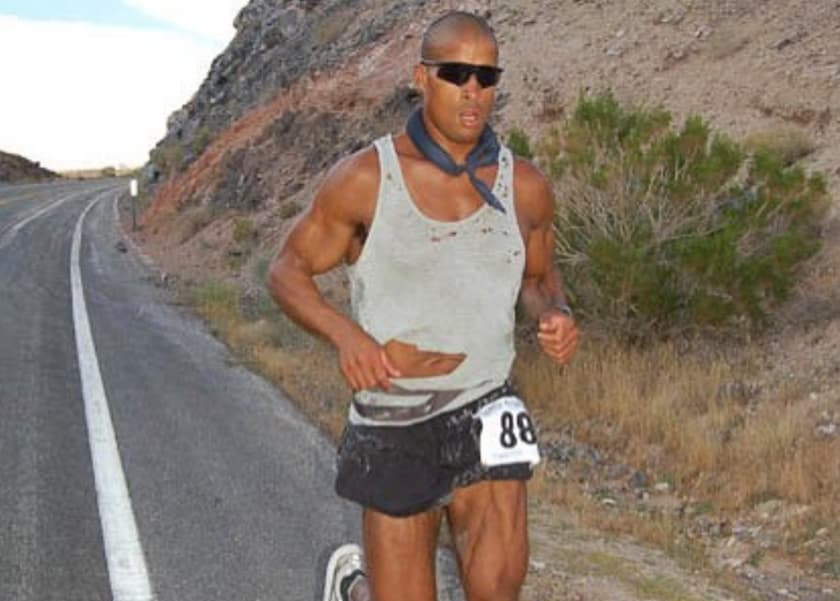Jiu Jitsu Concepts – The Right Mindset Will Determine Your Success

Getting to your blue belt in jiu-jitsu is a major achievement. Going from a beginner’s level to intermediate shows that you can dedicate yourself to goals and make a serious commitment. This is not very common. Only around 10% of people who start training jiu-jitsu are awarded their blue belts.
While it’s certainly challenging to get to this point, martial arts training is not like climbing a mountain. You don’t summit, celebrate, and then head back down. It’s more like trail running. When you get to a peak, you look out, enjoy the moment, and then get moving again.
For many intermediate students, however, they can start to feel as though they are stuck on a plateau. After all, people naturally took for routines and to become comfortable, but getting too comfortable typically means becoming complacent. This can translate into a feeling that you’re just going through the motion. If you stay in this kind of stagnant routine for too long, your training will inevitably suffer.
Keeping the Right Mindset
As Demian Maia explains in the below video, to improve as a fighter you need to remain focused and keep up with your training. This is common knowledge. It is impossible to get better at jiu-jitsu if you’re not constantly coming to class.
However, as Demian points out, you need to have the right mindset to really improve as a blue belt. Just showing up multiple times a week and learning the techniques will eventually get you to a blue belt but advancing beyond this point means you have to challenge yourself. Demian provides three ways that intermediate students can challenge themselves.
The Power of “Why?”
If you can find time to do so, one of the best ways to constantly challenge your knowledge of jiu-jitsu is to teach it. In other words, ask your instructor if they need help during classes.
When you start teaching, you’ll get to see just how thirsty newer students are for knowledge. This can be very uplifting. It can also be challenging to put into words and to explain some of the concepts of jiu-jitsu, and you will eventually be stumped by a single word: “Why?”
This happens to every teacher of every subject. Oftentimes, you just do something because that’s the way it’s done, and you forget to ask why it works or why it’s effective or why you don’t do the technique a slightly different way.
This kind of mindset, where you put the blinders on and just focus on learning the technique, putting in the reps, and becoming more comfortable as a fighter can help you elevate your rank from white belt to blue belt, maybe even to purple belt. However, real mastery comes when you return to those fundamental techniques with three or five years of experience and begin to look at them from a different perspective. Being challenged by white belts who want to know why moves are done a specific way can help push you to look for a deeper understanding of jiu-jitsu and its underlying principles.
Focus on Transitions
When you’re a white belt, your focus should be on learning jiu-jitsu fundamentals. These are the basics of jiu-jitsu, and no fighter can form a strong foundation without them. However, as you advance, you’ll start to see that they are pieces to a larger puzzle and that figuring out new and ingenuous ways to put them together is how you beat your opponents. These combinations don’t have to be completely groundbreaking. You can borrow from other jiu-jitsu fighters. However, getting into the habit of thinking not just about completing one technique, but a technique that is just a step in a larger strategy will make you more formidable.
“The transitions give you opportunities,” Demian says. They give you the opportunity to use a small number of movements to, for example, gain control over parts of your opponent’s body. For example, when you sweep somebody, you can do two things. You can just hold the position, or you can move right into half guard or start to pass. The latter puts your opponent in a more difficult position and gives you the advantage. Moreover, this kind of efficiency helps you reserve your stamina while catching your opponent off guard.
Start Competing
Even if you have no plans to become a professional fighter and just want to have a strong jiu-jitsu background for self-defense, Demian advises to start competing. While training at the gym will make you a better fighter over time, you typically are not engaging with someone under real pressure. Most people don’t fight at 100% for any number of reasons. They may be trying something new. They may be trying to preserve their strength for later. They may recognize that they’re not in a life-or-death scenario, so there’s no need to go ballistic.
While competition may not be a life-or-death scenario either, it is far more intense than class. There is most certainly something on the line and other fighters are bringing their A game. As Demian says, competing forces you out of your comfort zone. It pushes you to prepare for something immediate, to challenge yourself, and to be your best.

